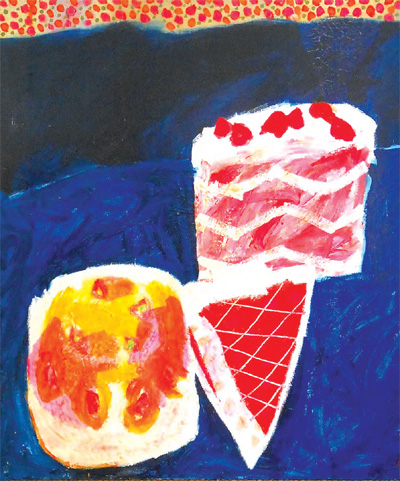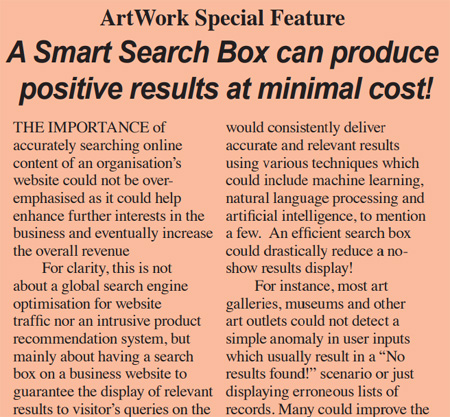
A festival with a difference

In stage order: Charlotte Scott, violin; Emma Parker, violin; Isabelle Peters, soprano; Gary Pomeroy, viola; Nathaniel Boyd, cello. © Matthew Johnson
THE LIGHTS DIMMED slowly in St Andrew's Church and the audience grew quiet, waiting for the first notes to sound. The ancient stone, watched over by medieval effigies, drew in the candlelight as a violin line rose from the back of the nave. It was a simple beginning, yet it marked the arrival of something quietly remarkable in the Sussex village of Fletching: the first Fletching Arts Festival.
The festival founder is Charlotte Scott, a regular guest leader of the Scottish Chamber Orchestra, together with vocalist Isabelle Peters. They first discussed the idea in May and, in a matter of months, brought to life a three evening celebration of chamber music and poetry. "It was a huge community effort," Charlotte says. "We had very little time, but we felt there was a call for culture here. We knew people would support it."
Support arrived with enthusiasm. Between forty and fifty volunteers from the village stepped forward, offering help with everything from baking and stewarding to transforming the church into a performance space. Over three evenings the pews filled and the atmosphere had the warmth and generosity of an event that felt rooted in village life from an earlier era.
The programme encompassed works that stretched from the tenth century chant Piritus Sanctus to pieces by Britten and readings from Oscar Wilde. They were performed by world class musicians, including players from the Doric and Navarra Quartets, as well as actors and broadcasters with international reach such as James Wilby and the BBC's Katy Derham.
Much of the festival's character lay in its approach to performance. In conceiving the programme, Charlotte and Isabelle wanted to rethink the traditional classical concert and offer something, in Charlotte's words, "intimate, personal and immersive, to truly elevate the experience of chamber music".
The repertoire itself may be familiar and played internationally, but in Fletching they sought to create a different kind of encounter, with music, poetry and prose flowing into one another in a single continuous arc. Performers moved around the building, appearing in different parts of the church so that the audience felt drawn into the performance rather than kept at a distance.
One moment in particular captured the ambition of the festival. During the opening concert Isabelle appeared at the back of the church beneath a candle lit pillar and sang Purcell's Evening Hymn, accompanied by Jens Frank on theorbo. Her voice, the glow of the candles and the closeness of the audience created a moment that seemed to hold time still.
Why is a Sussex village festival finding a place in this Scottish arts paper? Partly because Charlotte has long standing connections with the Scottish Chamber Orchestra. But Fletching itself carries a surprisingly strong Scottish thread. The dedication to St Andrew is only the beginning. The Burns Night supper in the village hall is one of the most anticipated dates in the local calendar and the village boasts three Scottish pipers who vie to lead local processions.
Charlotte and Isabelle hope to present three or four evenings next year, continuing to intertwine words and music and to take creative risks. Their aim is to let the festival grow naturally while keeping its sense of closeness and discovery.
It may be early days, but with world class musicians, an eager community and an atmosphere entirely its own, Glyndebourne may have a new neighbour to watch just half an hour up the road.
HELEN ROSE






